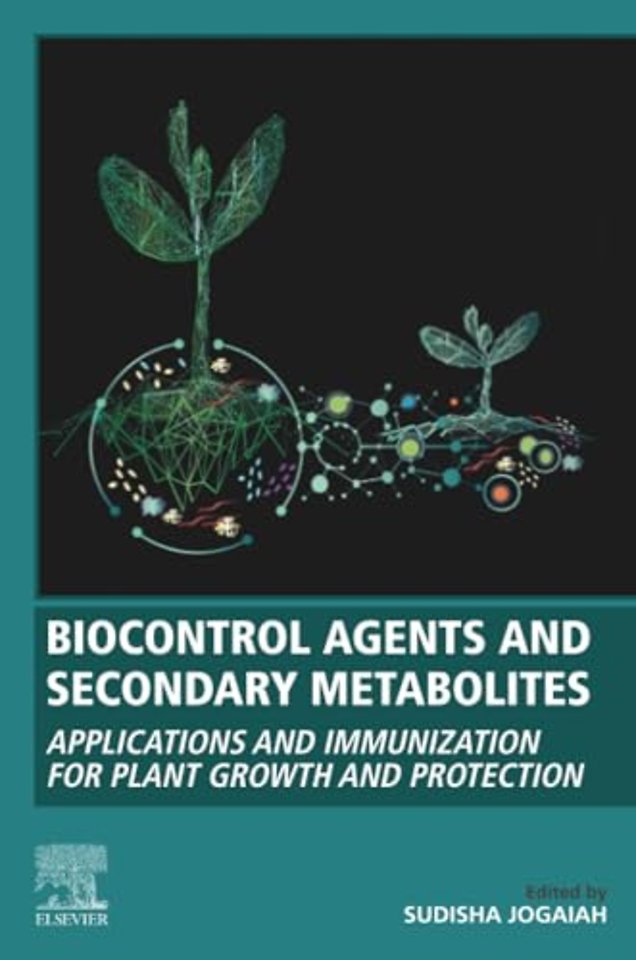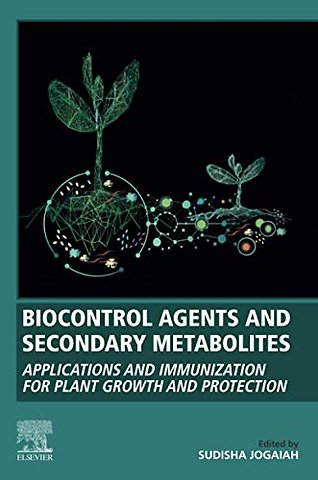<p>1. Fungi for Biofactory of secondary metabolites: Genomics and metabolism<br>2. Signatures of signaling pathways underlying plant growth promotion by fungi<br>3. Beneficial plant-associated bacteria modulate host hormonal system enhancing plant resistance towards abiotic stress<br>4. Over-production of ROS: underlying molecular mechanism of scavenging and redox signaling<br>5. Molecular mechanisms /cell signaling pathways for plant protection from diseases by fungi<br>6. Antioxidant-Mediated Defense against Biotic Stress in Plants<br>7. Explorations of Fungal Diversity in Extreme Environmental Conditions for sustainable agriculture applications<br>8. Impact of potassium solubilzing fungi as biopesticides and its role in crop improvement<br>9. Terpenes a plant defense activator to diverse biotic stresses<br>10. Bio-control Potential of Plant Growth Promoting Rhizobacteria Against Ralstonia Solanacearum: Current and Future Prospects<br>11. Fungal diversity and its role in sustainable agriculture<br>12. Exploring the Biogeographical Diversity of Trichoderma for Plant Health<br>13. Ecological Studies of Fungal Biodiversity in Fresh Water and their broad spectrum applications<br>14. Antimicrobial secondary metabolites from Trichoderma spp. as next generation fungicides<br>15. Biostimulants: Promising probiotics for plant health<br>16. Control of corn rot and wilt of saffron using agriculturally important microorganisms<br>17. Seed biopriming: a novel method to control seed borne diseases of crops<br>18. Current trends and future prospects of secondary metabolite based products from agriculturally important microorganisms<br>19. Management of major diseases of spice crops using encapsulated microbial formulation<br>20. Exploring plant Volatile compounds in sustainable crop improvement<br>21. Controlling diseases of MAPs using novel PGPR<br>22. Trichoderma from gene to field<br>23. Polyphenols: How they protect crops against stresses<br>24. Regulatory requirements for commercialisation of biocontrol agents</p>

